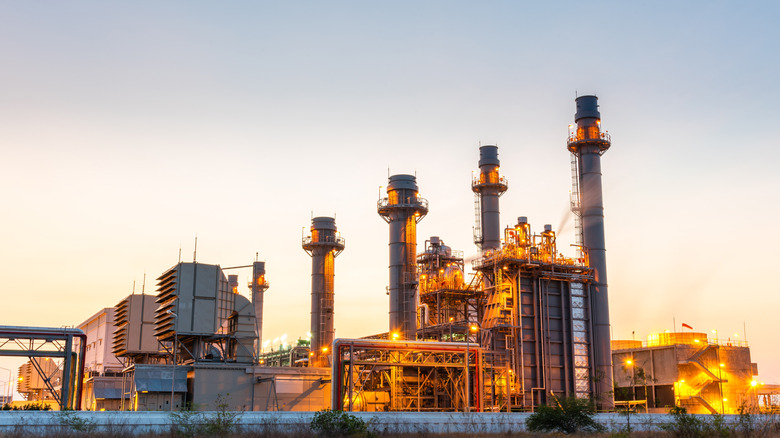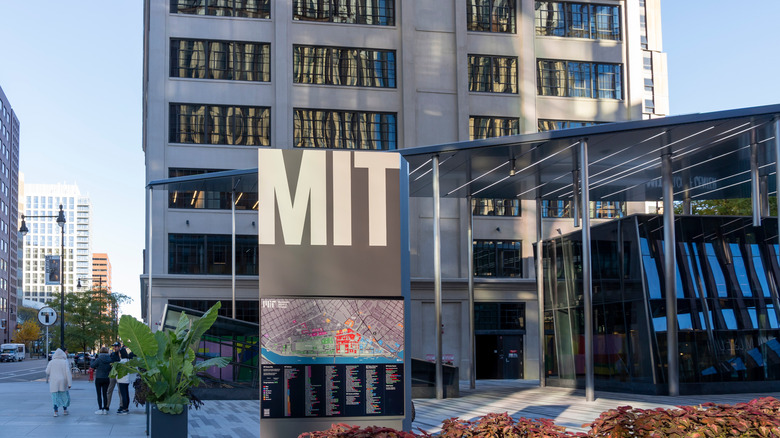Now Reading: Why Hydrogen Fuel Struggles to Gain Traction
-
01
Why Hydrogen Fuel Struggles to Gain Traction
Why Hydrogen Fuel Struggles to Gain Traction

Quick Summary:
- Hydrogen as a promising clean fuel: Hydrogen, the moast abundant element on Earth, is touted as the future of clean energy due to its ability to emit only water when burned instead of harmful pollutants.
- Challenges in hydrogen production: 96% of global hydrogen fuel production uses fossil fuels,releasing significant CO₂ emissions. Gray hydrogen (derived from natural gas using heat) emits around 12 kilograms of CO₂ per kilogram created, while blue hydrogen (gray with carbon capture tech) still releases 3-5 kilograms per kilogram produced.
- Green hydrogen potential: Research focuses on utilizing renewable energy sources like wind and solar for green hydrogen production with far fewer emissions (<1 kg/kg). However,challenges include high electrolyzer costs and unreliable renewable energy supply.
- Statements by researchers: cardiff University’s Professor graham Hutchings highlights the inefficiency and environmental drawbacks of current methods. MIT’s Emre Gençer emphasizes cheaper electrolyzers as key for scaling up sustainable green hydrogen.



Indian Opinion analysis:
While India’s push toward sustainability often highlights cleaner technologies like solar power and electric mobility,the role of combined innovations such as green hydrogen could offer transformative benefits in mitigating climate change. The article underscores serious hurdles including high costs and dependency on inconsistent renewables-issues particularly relevant for India given its still-developing renewable infrastructure.
india’s policy emphasis on transitioning away from coal-based industries aligns with interest in alternatives like green or blue hydrogen. However, large-scale adoption would require prioritization of cost-efficient electrolyzers, technological advancements to stabilize intermittent renewable inputs like wind or solar power systems, and international collaboration akin to research initiatives seen at institutions such as MIT or Cardiff University.
The barriers stressed-economic feasibility and environmental effectiveness-create opportunities for India’s domestic manufacturers to innovate locally sourced solutions while leveraging government incentives under programs such as National Hydrogen Mission. If these obstacles are addressed strategically within India-specific frameworks fostering low-carbon growth goals internationally later long-term blueprint scalability remains tract-test compelling industry expansions ahead forefront predicted acceleration.
<























